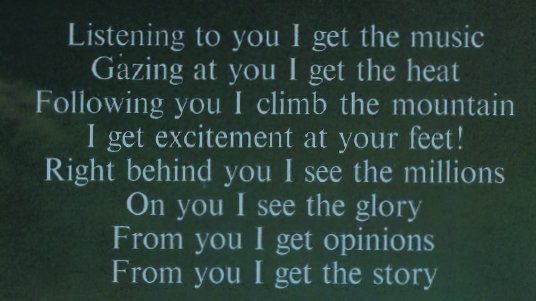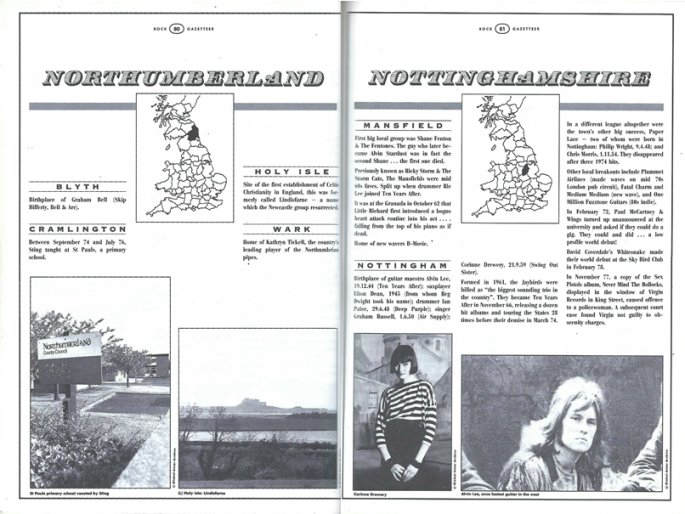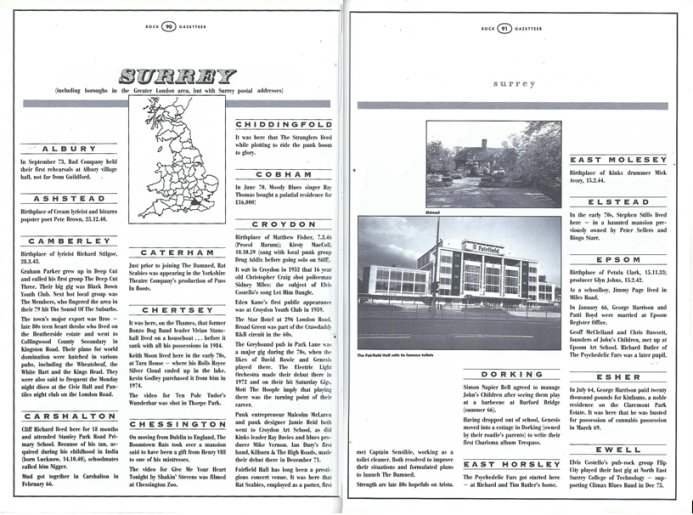
James Marshall “Jimi” Hendrix (born Johnny Allen Hendrix; November 27, 1942 – September 18, 1970) was an American guitarist, songwriter and singer.
Although his mainstream career spanned only four years, he is widely regarded as the greatest and one of the most influential electric guitarists in the history of popular music, and one of the most celebrated musicians of the 20th century.
The Rock and Roll Hall of Fame describes him as “arguably the greatest instrumentalist in the history of rock music.”

Born in Seattle, Washington, Hendrix began playing guitar at age 15. In 1961, he enlisted in the US Army, but was discharged the following year. Soon afterward, he moved to Clarksville, then Nashville, Tennessee, and began playing gigs on the chitlin’ circuit, earning a place in the Isley Brothers’ backing band and later with Little Richard, with whom he continued to work through mid-1965. He then played with Curtis Knight and the Squires before moving to England in late 1966 after bassist Chas Chandler of the Animals became his manager. Within months, Hendrix had earned three UK top ten hits with the Jimi Hendrix Experience: “Hey Joe”, “Purple Haze”, and “The Wind Cries Mary”. He achieved fame in the US after his performance at the Monterey Pop Festival in 1967, and in 1968 his third and final studio album, Electric Ladyland, reached number one in the US. The double LP was Hendrix’s most commercially successful release and his first and only number one album. The world’s highest-paid performer, he headlined the Woodstock Festival in 1969 and the Isle of Wight Festival in 1970 before his accidental death in London from barbiturate-related asphyxia in September 1970.

Hendrix was inspired by American rock and roll and electric blues. He favored overdriven amplifiers with high volume and gain, and was instrumental in popularizing the previously undesirable sounds caused by guitar amplifier feedback. He was also one of the first guitarists to make extensive use of tone-altering effects units in mainstream rock, such as fuzz distortion, Octavia, wah-wah, and Uni-Vibe. He was the first musician to use stereophonic phasing effects in recordings. Holly George-Warren of Rolling Stone commented: “Hendrix pioneered the use of the instrument as an electronic sound source. Players before him had experimented with feedback and distortion, but Hendrix turned those effects and others into a controlled, fluid vocabulary every bit as personal as the blues with which he began.”

Hendrix was the recipient of several music awards during his lifetime and posthumously. In 1967, readers of Melody Maker voted him the Pop Musician of the Year and in 1968, Billboard named him the Artist of the Year and Rolling Stone declared him the Performer of the Year. Disc and Music Echo honored him with the World Top Musician of 1969 and in 1970, Guitar Player named him the Rock Guitarist of the Year. The Jimi Hendrix Experience was inducted into the Rock and Roll Hall of Fame in 1992 and the UK Music Hall of Fame in 2005. Rolling Stone ranked the band’s three studio albums, Are You Experienced (1967), Axis: Bold as Love (1967), and Electric Ladyland (1968), among the “500 Greatest Albums of All Time”, and they ranked Hendrix as the greatest guitarist and the sixth-greatest artist of all time. Hendrix was named the greatest guitarist of all time by Rolling Stone in 2023. (wikipedia)

And here´s a little “fanzine” from the 80´s … that was a time when we didn’t have the internet and therefore had to rely on such sources to find out as much as possible about this great artist.
Now completely outdated, of course, but still a fond memory of those days when freaks (somewhere in the world, perhaps from the Netherlands) took it upon themselves to produce such brochures (54 pages).













The back of this magazine:
More from Jimi Hedrix in this blog:








 In 1993 Barnes was listed as director and collaborator on Townshend’s “Psychoderelict solo album and theatrical American solo-tour that followed. Barnes was featured in the official and definitive documentary of the group: Amazing Journey – The Story Of The Who, directed by Murray Lerner and given a 2007 worldwide theatrical release.
In 1993 Barnes was listed as director and collaborator on Townshend’s “Psychoderelict solo album and theatrical American solo-tour that followed. Barnes was featured in the official and definitive documentary of the group: Amazing Journey – The Story Of The Who, directed by Murray Lerner and given a 2007 worldwide theatrical release.



















































 Peter Frame (born 10 November 1942 in Luton, Bedfordshire, England) is an English music journalist and historian of rock music.
Peter Frame (born 10 November 1942 in Luton, Bedfordshire, England) is an English music journalist and historian of rock music.





















































 My God … what an interesting brochure (40 pages).
My God … what an interesting brochure (40 pages).





 Thomas Zachariah Glazer (September 2, 1914 – February 21, 2003) was an American folk singer and songwriter known primarily as a composer of ballads, including: “Because All Men Are Brothers”, recorded by The Weavers and Peter, Paul and Mary, “Talking Inflation Blues”, recorded by Bob Dylan, “The Ballad of FDR” and “A Dollar Ain’t A Dollar Anymore”. He wrote the lyrics to the songs “Melody of Love” (1954), and “Skokian” (1954).
Thomas Zachariah Glazer (September 2, 1914 – February 21, 2003) was an American folk singer and songwriter known primarily as a composer of ballads, including: “Because All Men Are Brothers”, recorded by The Weavers and Peter, Paul and Mary, “Talking Inflation Blues”, recorded by Bob Dylan, “The Ballad of FDR” and “A Dollar Ain’t A Dollar Anymore”. He wrote the lyrics to the songs “Melody of Love” (1954), and “Skokian” (1954).



























 And here is another copy from my music library
And here is another copy from my music library





























 During the seventies, the interest in old singles from the sixties began to increase more and more; in general, the scene of record collectors grew and grew.
During the seventies, the interest in old singles from the sixties began to increase more and more; in general, the scene of record collectors grew and grew.





































 This is another out of print book from my Collection of Music books …
This is another out of print book from my Collection of Music books …






























